
1000 BC – 1779 AD
Ohlone Nation Era
The Ohlone Nation, also known as Costanoan Native Americans, is the primary indigenous group in the Bay Area, including the Chochenyo and Karkin in East Bay, the Ramaytush in San Francisco, the Yokuts in South Bay and Central Valley, the Puichon in East Palo Alto and the Muwekma throughout the region. Historians estimate that there may have been as many as 10,000 Ohlone in the Bay Area in the 1770s.
→

1780 – 1849
Colonization & Ohlone Genocide
The arrival of Spanish explorers and missionaries in the late 1700s was the first major threat to the Ohlone Nation as a result of: (1) forced cultural and religious assimilation, (2) indentured slavery, (3) exposure to European diseases and (4) harsh and unsanitary living conditions. The Spaniards established agricultural estates or ranchos, which were large economic and communal centers. The East Palo Alto area was part of the vast Rancho de las Pulgas founded in the 1790s.
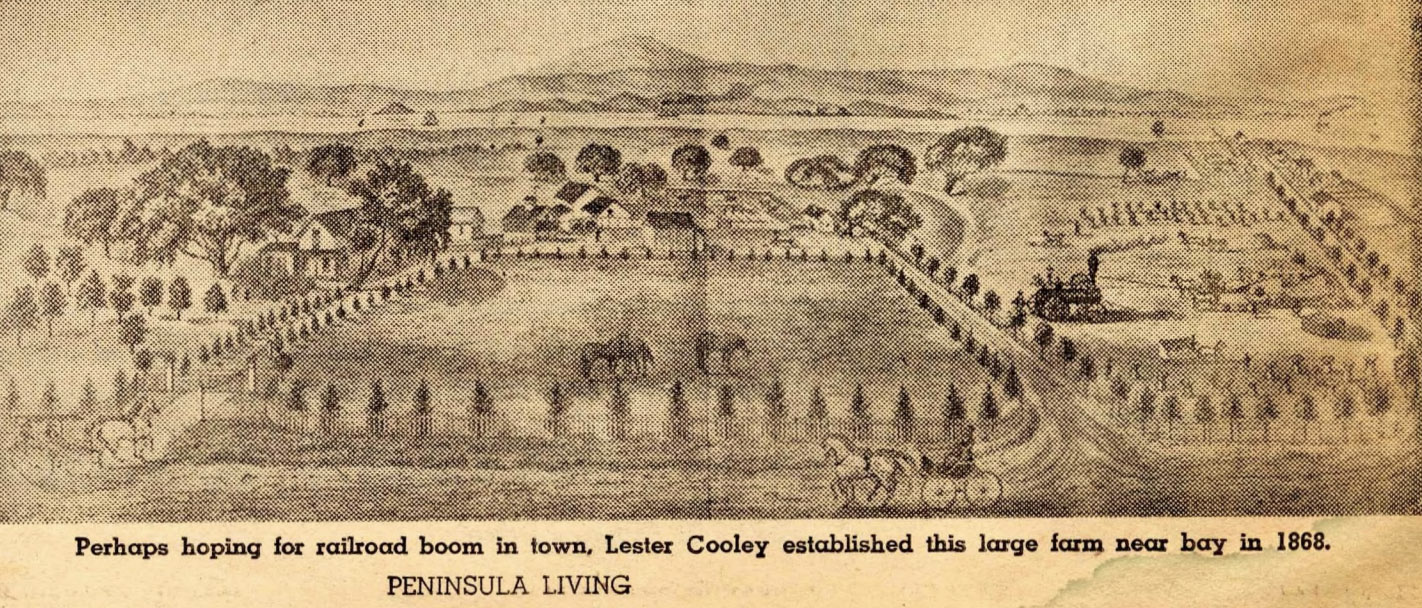
1850 – 1935
Early Townships: Ravenswood to Runnymede
The area now known as East Palo Alto was first established as an unincorporated area in 1856 by a state law defining the boundary of the County of San Francisco. In 1857, another state law created the County of San Mateo and maintained East Palo Alto's status as an unincorporated area in the new county.
→
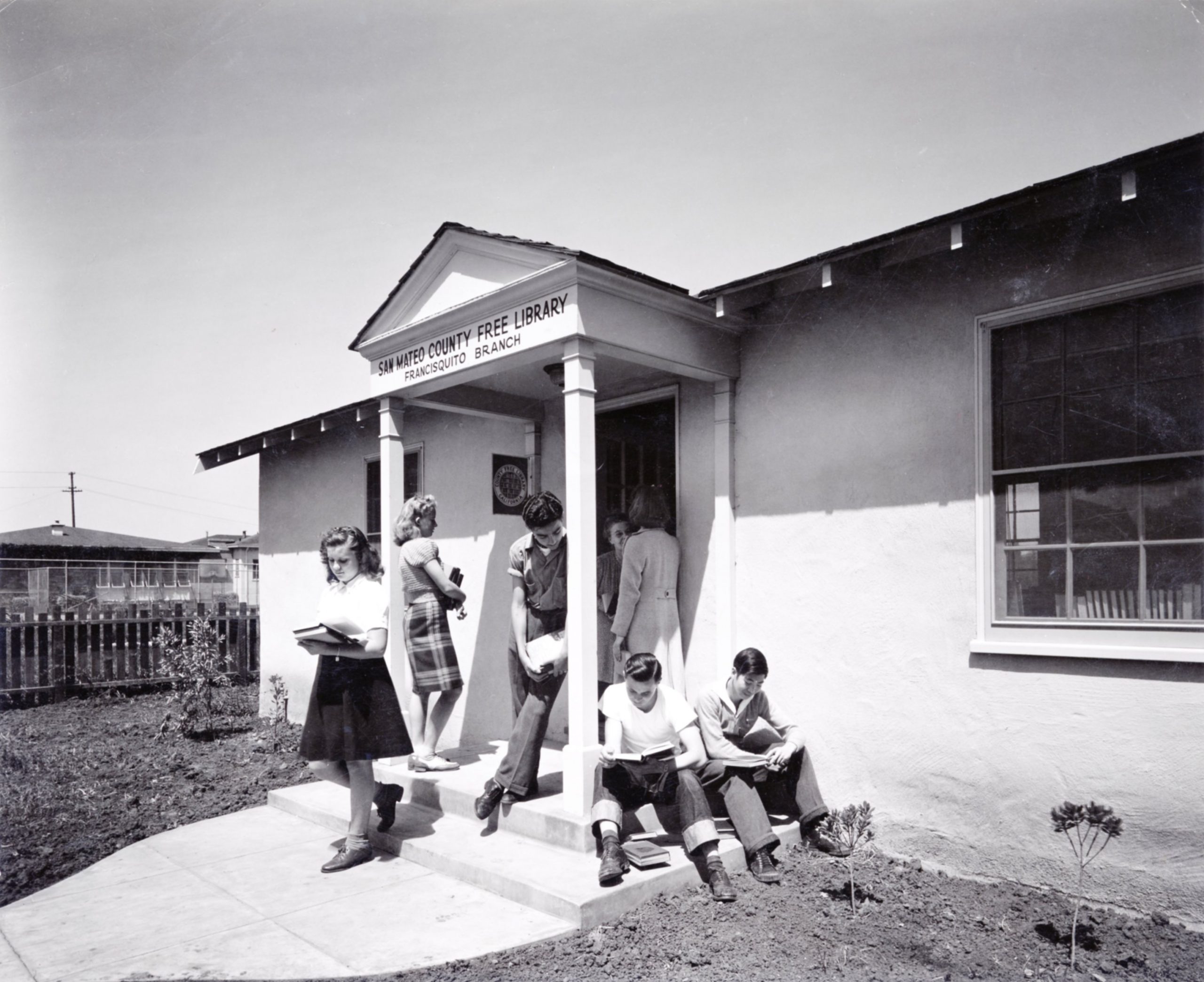
1936 – 1959
Post-Depression Period
The 1930s to the 1950s was the heyday of flower-growing in East Palo Alto and the development of a flower industry with an international market. Before World War II, there was a large Japanese population that contributed to East Palo Alto’s flower-growing economy. Once the war began, Japanese Americans were detained, their property was expropriated and they were sent to internment camps. After the war, a number of Japanese families returned to East Palo Alto to rebuild their lives.
→
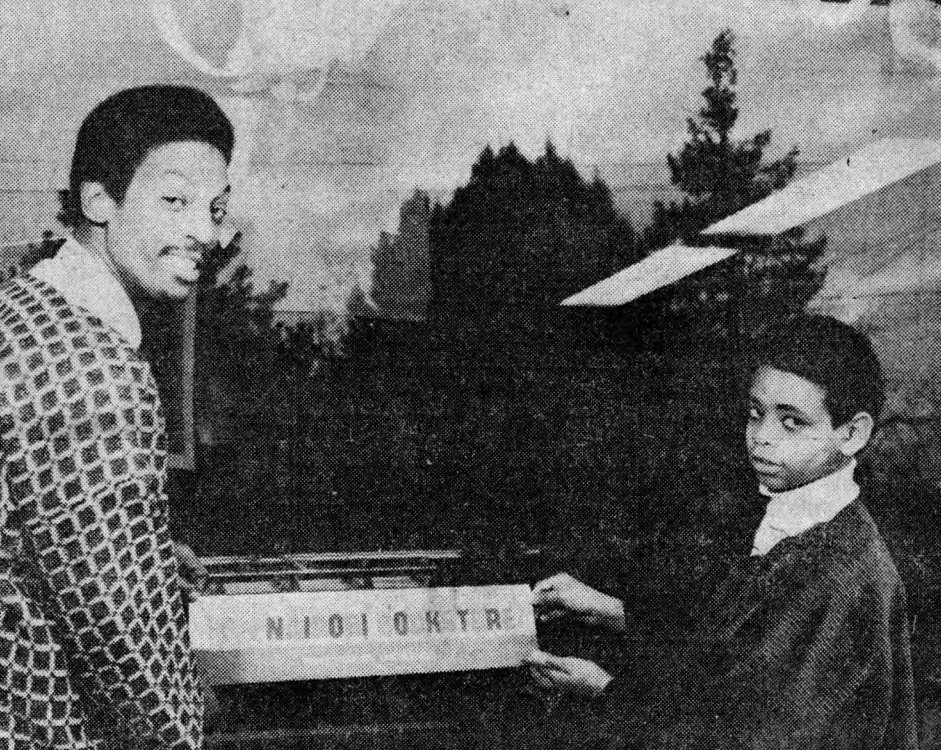
1960 – 1979
The Nairobi Movement
The Nairobi Movement was a unique period in the history of East Palo Alto. In essence, this movement was the local manifestation of the Civil Rights, Black Power and Pan African Movements in the USA and on the African continent.
→
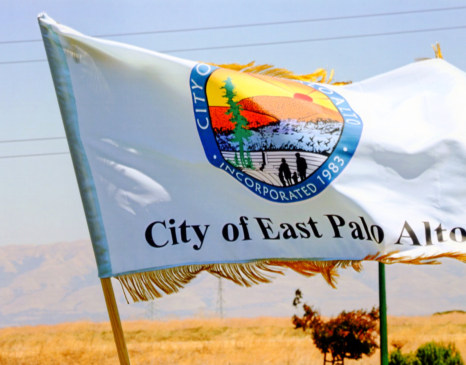
1980 – 1994
Incorporation: A Divided City
For more than a century, East Palo Alto was an unincorporated area governed by San Mateo County. Beginning in the early 1900s, there were a number of initiatives to incorporate East Palo Alto into a city. After World War II, there were three organized attempts to form a new city which occurred in the mid-1950s, mid-1960s and late 1970s.
→
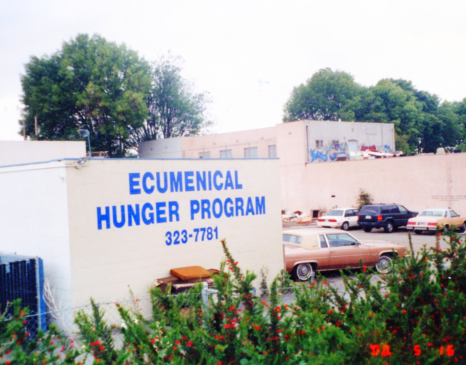
1995 – 2010
Community Revitalization
East Palo Alto was a low-wealth, unincorporated city with many economic and social challenges. The City Council worked proactively to address multi-jurisdictional governmental issues restricting local economic development. Federal, state and local resources were garnered to address the social issues facing the community. East Palo Alto’s “community policing” program significantly reduced crime and was recognized as a national model by the federal government.
→
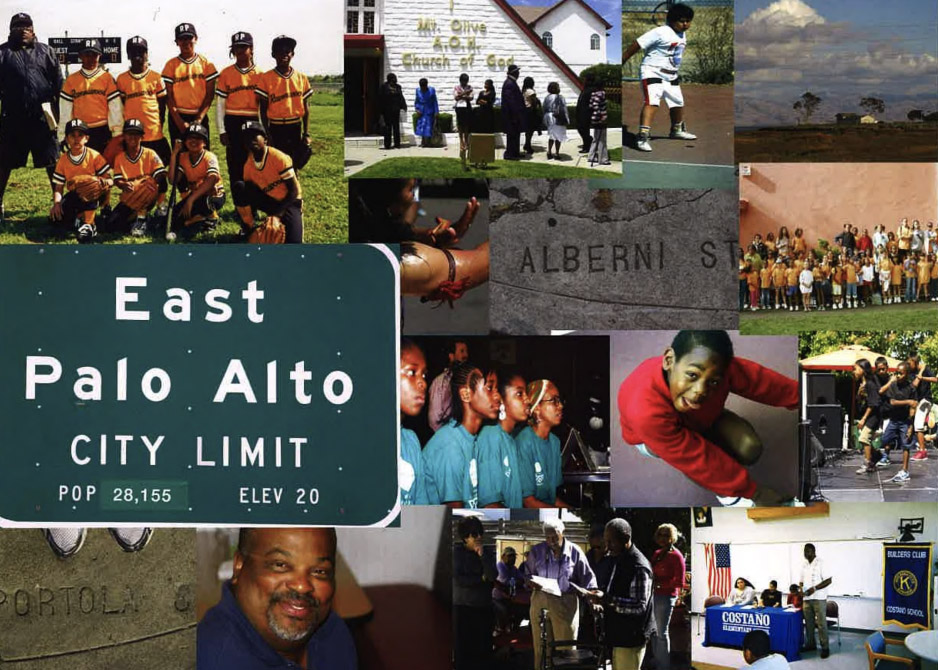
2011 - PRESENT
Community Preservation & Transformation
The focus on economic development resulted in East Palo Alto having a stable economy with high potential growth linked to the tech industry. Many economic development projects planned for the industrial area and the “Four Corners” will be implemented in the near future since most major roadblocks to development (e.g., low water supply) have been resolved. Development has increased the focus on the city's inferior infrastructure and created internal struggles among independent agencies within the city’s sphere of influence on how to pay for infrastructure upgrades. As projects are developed, the city is looking for ways to ensure they meet the needs of local residents through employment and housing opportunities.
→
Stay connected: get email updates

Collecting, sharing, promoting, celebrating and preserving the unique history of the East Palo Alto Community for future generations.
Connect with Us
Copyright East Palo Alto Community Archive